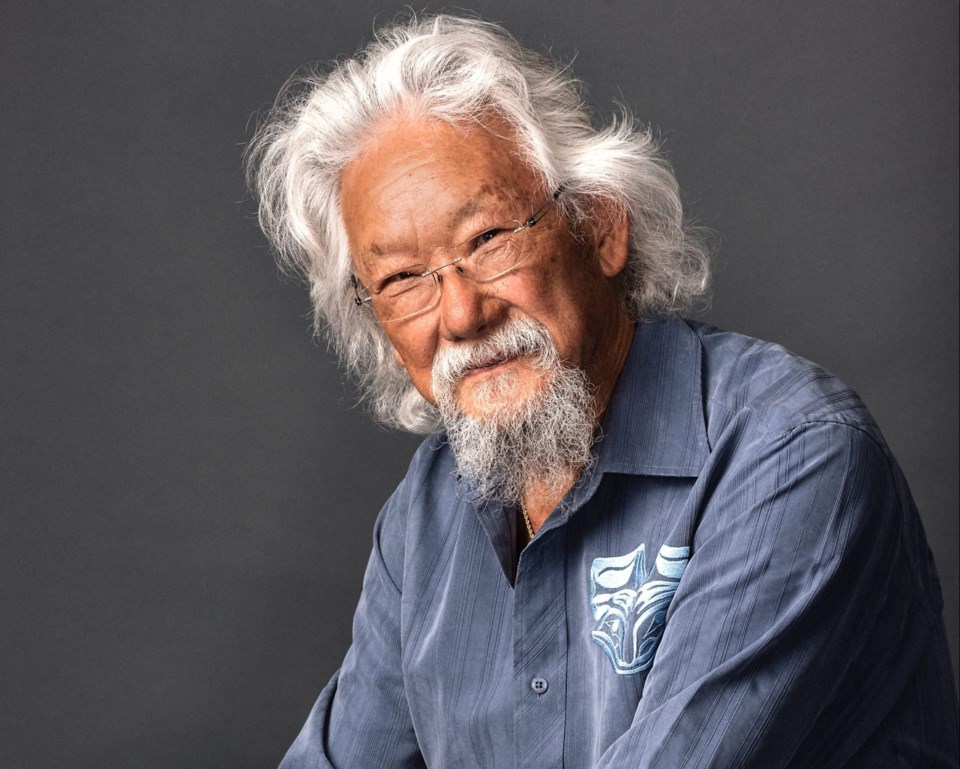The raging infernos devastating the Los Angeles area are tragic and horrifying — thousands of homes lost, at least 100,000 people under evacuation order or in emergency shelters and dozens killed. One consolation is the number of people and organizations from all over that have stepped up to help —individuals, faith groups, food providers, firefighters from the U.S., Mexico and Canada and more. When tragedy strikes, good people pitch in.
It’s also a tragedy that these wildfires weren’t unexpected. They’re mainly the result of a human-caused double whammy: climate change and urban sprawl. About 80 per cent of Los Angeles is zoned for single-family homes, so the city has built out into the surrounding hills rather than densifying.
For decades, fires have burned through the “firebelt suburbs,” as the late activist and urban theorist Mike Davis called the L.A. outskirts 30 years ago. After each fire, communities were rebuilt, sometimes under relaxed building codes and standards to promote rebuilding, including around water pressure, access road widths and even fire codes. But these fires are worse than ever, powered by hotter, drier conditions for longer periods, buildup of flammable vegetation and strong, dry Santa Ana winds.
Suburban development also means suppression of natural systems. Native shrubs, bushes and small trees that made up much of the original landscape go through natural burning cycles — or, for centuries, cycles helped by Indigenous Peoples using controlled burns. Those smaller fires replenish soils, spread tree seeds, help small animals and prevent flammable vegetation from building up.
Now, as masses of dead vegetation burn and spark larger fires, hills are denuded, which leads to more flooding and landslides.
L.A. isn’t the first or only place to get hit by a climate-related disaster, nor will it be the last. These events are increasing worldwide as we burn more oil, gas and coal, rapidly increasing emissions and average global temperatures.
Climate “whiplash” events — swings between very wet and very dry conditions — have increased between 31 and 66 per cent in most of the world since the mid-20th century, a recent study found. They’re expected to continue to rise exponentially, mainly because a warmer atmosphere holds more water — sucking moisture from waters and from soil and vegetation, creating drier conditions and then falling as torrential rain, causing floods.
As the Guardian reports, the L.A. fires illustrate the whiplash effect, as “years of drought were followed by record-breaking winter rain and snow, leading to abundant grass and brush. Then a record-hot summer in 2024 and record-dry start to the rainy season dried out the vegetation enabling the terrible wildfires.”
The Guardian also points to East Africa, where drought from 2020 to 2023 brought on food scarcity, followed by torrential rains later in 2023 that wiped out crops and displaced more than two million people. “In recent years, whiplash events have been linked to disastrous floods in east Africa, Pakistan and Australia and to worsening heatwaves in Europe and China.”
According to the whiplash report in Nature Reviews Earth and Environment, “increasingly rapid and large transitions between extreme wet and dry states are likely to challenge not only water and flood management infrastructure, but also disaster management, emergency response and public health systems that are designed for twentieth-century extremes.”
Disasters such as the L.A. wildfires are extremely costly in terms of lives, property, infrastructure, response and rebuilding — but they’re also preventable, to some extent. We’ve delayed the transition away from gas, oil and coal to renewable energy for so long that we’ve now reached a crisis stage when many more horrific climate impacts are inevitable — and far more unpredictable.
But there are ways to avoid or reduce the impacts of some of the threats we’re facing. First, we need to leave remaining fossil fuels in the ground. We also have to design human habitation in sustainable ways, away from flood plains, slide zones and fire-prone areas. And we need to protect natural areas that sequester carbon, prevent flooding and erosion, maintain water supplies and remind us that we, too, are part of the web of life.
We must also learn to adapt to the impacts of a changing climate, with better planning and more attention to nature. We simply can’t let the fossil fuel industry and its media and political lackeys call the shots when our health and survival are at stake.
David Suzuki is a scientist, broadcaster, author and co-founder of the David Suzuki Foundation. Written with David Suzuki Foundation Senior Writer and Editor Ian Hanington.
Learn more at davidsuzuki.org.




